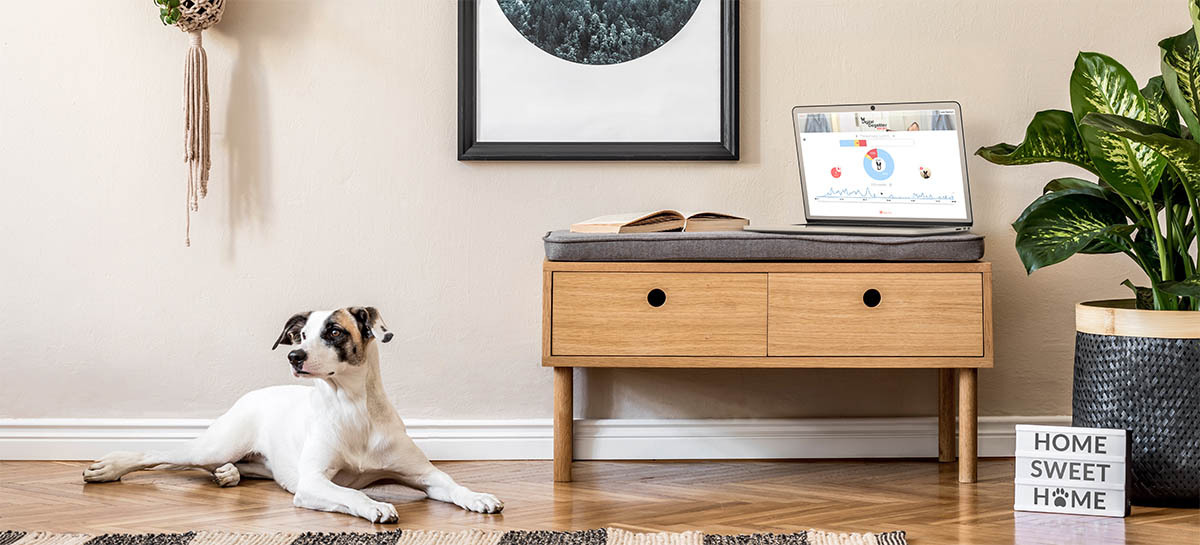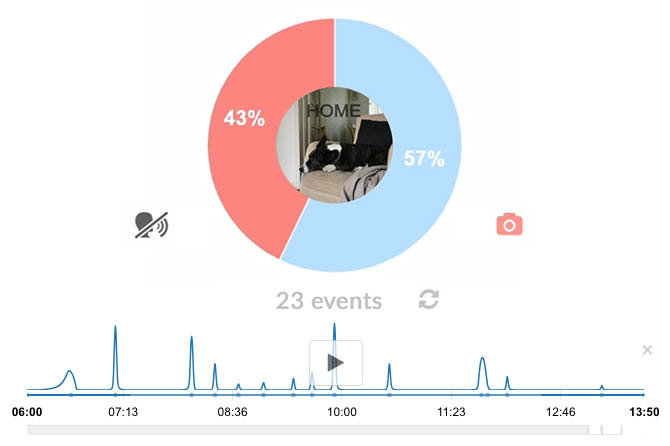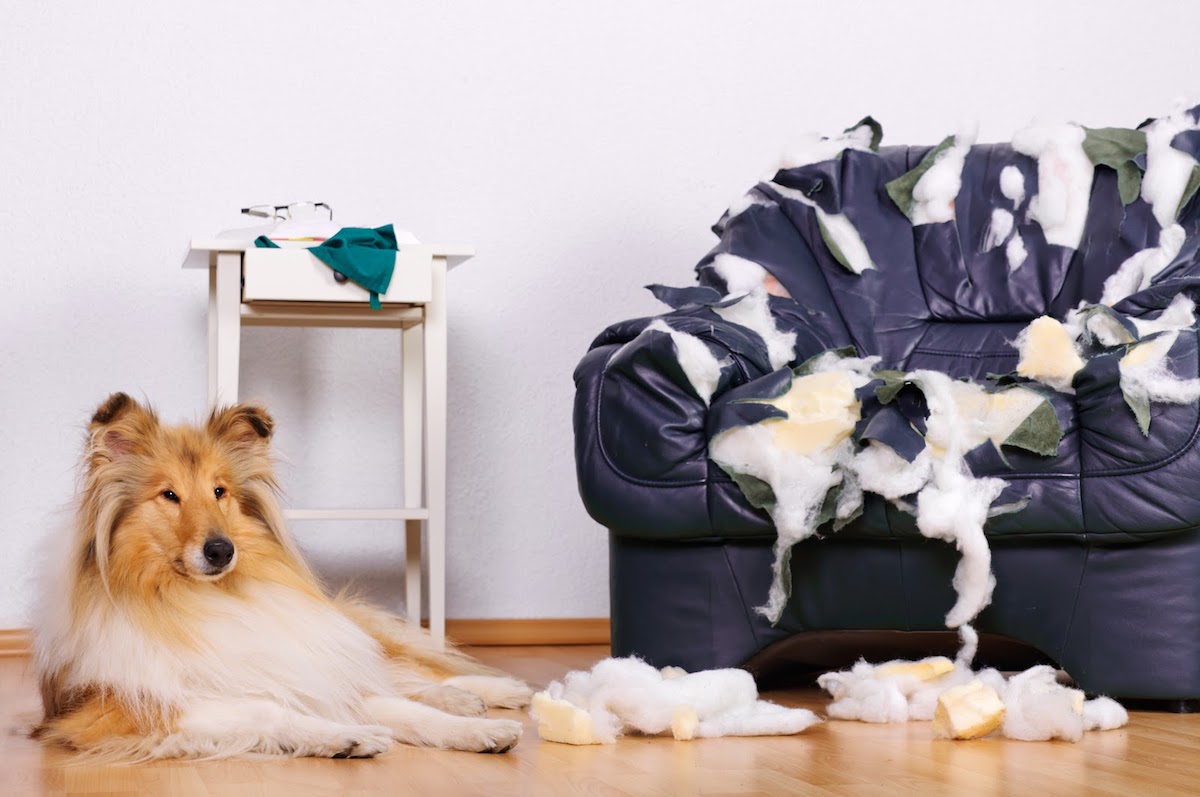Have you received complaints from neighbors about your dog barking at home? Does your dog howl when left alone in the apartment while you're at work? Are you seeking advice on how to manage your dog's barking behavior?
Most dogs spend part of their day alone while we're at work, studying, pursuing hobbies, or even running errands. It's crucial that dogs feel comfortable at home even without human company and view it as part of a normal, safe daily routine. However, this isn't always the case, and some dogs may howl or bark when left alone. This can lead to welfare issues for the dog, the owner, and the neighbors.
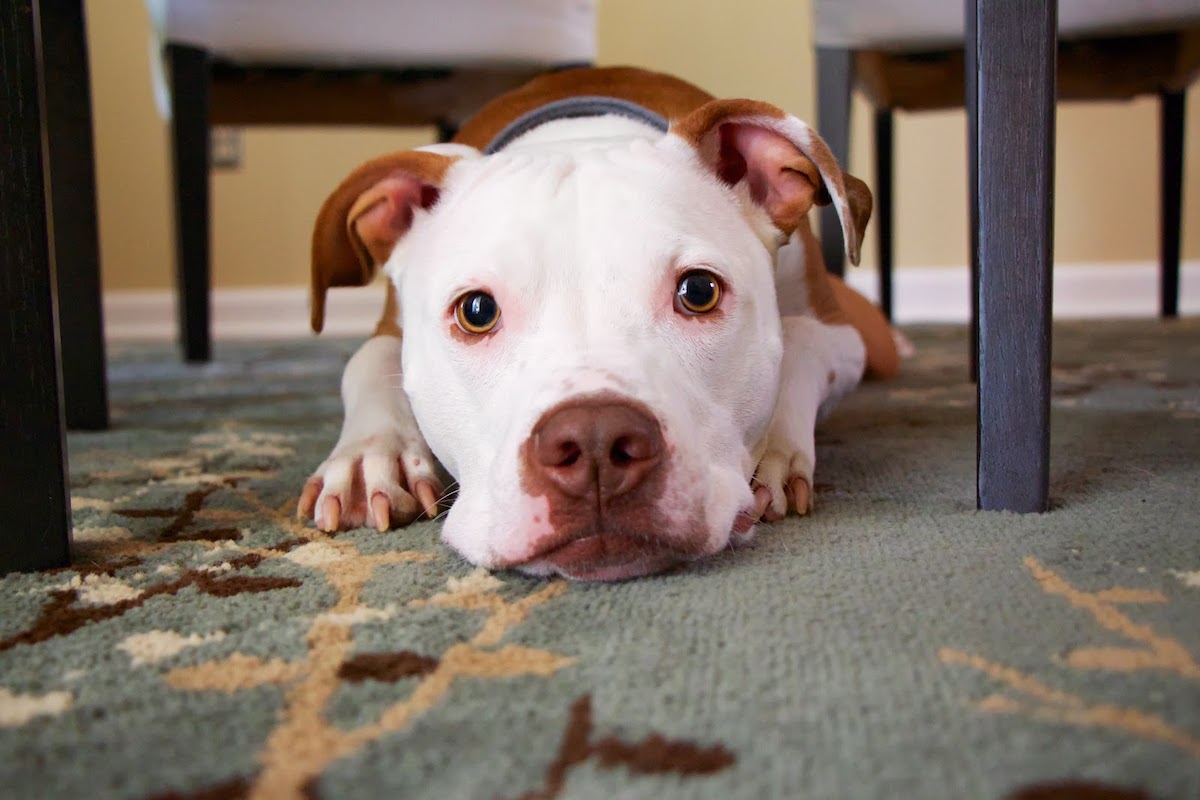
Why does a dog howl or bark when alone?
Dogs may vocalize by barking, howling, or whimpering when alone for various reasons. These can include guard barking, boredom, reacting to external stimuli (sounds from outside or sights through the window), or attempting to call their owner. Boredom and lack of stimulation in everyday life can also lead to barking during the owner's absence. For breeds bred for guarding, a moderate amount of barking when alone can be quite normal.
It's important to note that barking isn't always a problem for the dog itself, but the underlying reasons should always be investigated. Welfare issues arise if the dog can't calm down when alone, hasn't been trained for solitude, has noise phobias, or possibly suffers from separation anxiety.
Alone time problems may stem from inadequate training, limited opportunities for species-typical behavior, or various life changes such as a new owner or home. Species-typical behaviors for dogs include foraging, digging, tearing, exercise, and socializing with other dogs. Genetic factors and poor maternal care during puppyhood can also contribute to the development of alone time problems. Issues may also arise from changes in the dog's health, pain, aging, sensory changes, or even being startled while alone. Underage puppies are a separate matter, and they can't be expected to handle being alone unless they've been properly trained for it.
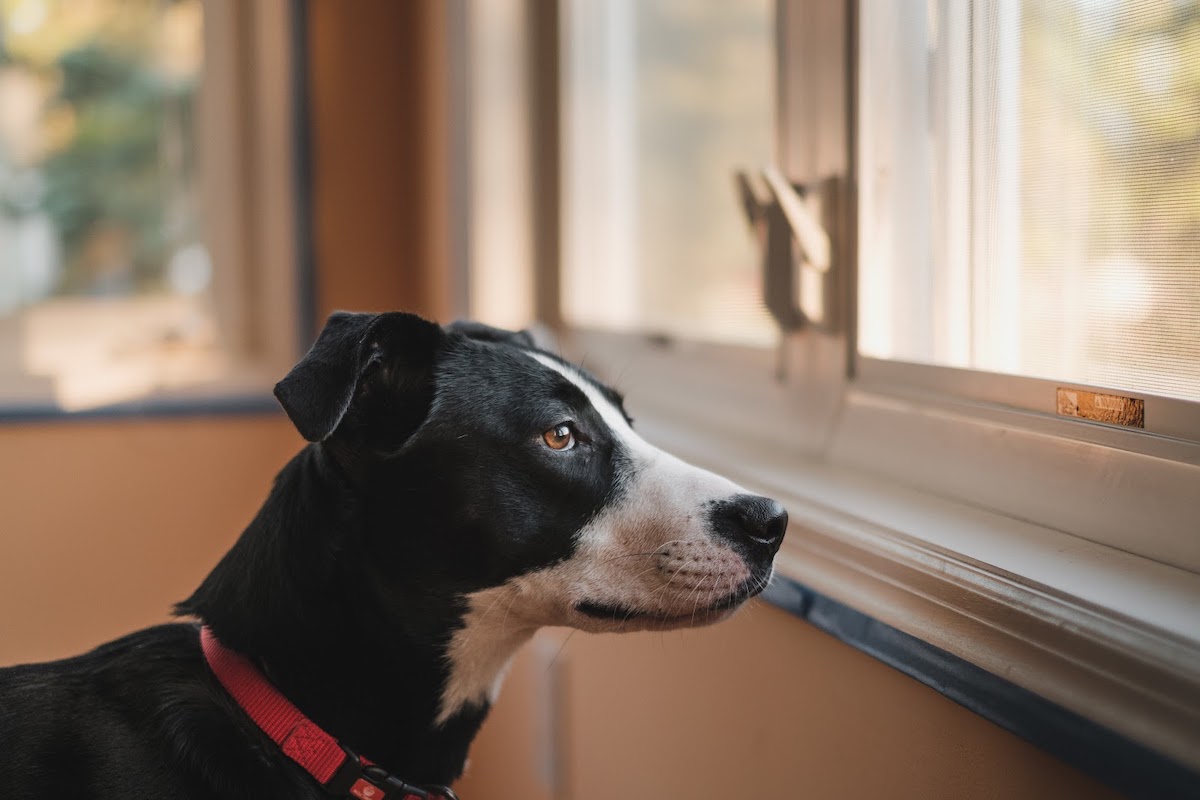
How to address a dog's excessive barking?
Given the diverse causes of alone time problems, various approaches are needed to resolve them. A dog's well-being is holistic, with peaceful alone time being just one aspect. Other elements of well-being must also be addressed for the dog to rest and relax when alone.
It's counterproductive to view the dog as annoying or disobedient when dealing with alone time problems. It's also advisable to avoid using devices designed to quickly silence the dog. Preventing barking is not the key to solving these issues; instead, the focus should be on planning alone time training and daily practices that consider the dog's overall well-being. Devices intended to prevent barking, such as citrus collars and ultrasonic collars, can harm the dog's mental state and increase anxiety during alone time. This can lead to broader well-being issues, intensify the alone time problem, increase other behavioral problems, or even cause long-term health issues.
Digital Dogsitter offers an easy way to monitor your dog's behavior when alone. You can track how much and when your dog barks. The program's audio feedback provides a dog-friendly method to calm a dog left home alone. Digital Dogsitter is here to assist you in diagnosing, monitoring, and addressing alone time problems! You can also explore our comprehensive guide on managing alone time issues right now.
 Deutsch
Deutsch English
English Español
Español Français
Français Italiano
Italiano 日本語
日本語 Português
Português Suomi
Suomi Svenska
Svenska
